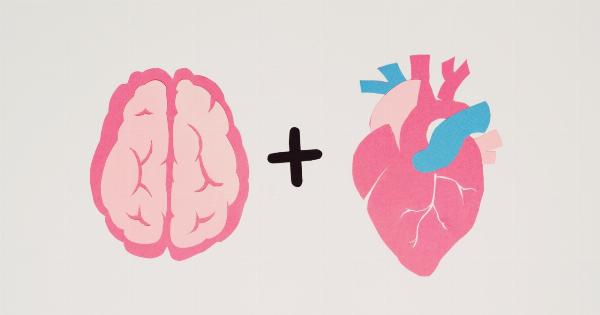The brain is the most important part of the human body. It is responsible for our thoughts, emotions, and actions. We have been studying the brain for centuries, but only recently have we been able to get a live view of its functioning.
In this article, we will take a look at some of the latest technologies that allow us to see the brain in action.
Technologies for Live View of Brain’s Functioning
There are various technologies available to study the brain’s functioning, including:.
Electroencephalography (EEG)
EEG is a non-invasive technique that records the electrical activity of the brain using electrodes placed on the scalp. It is commonly used to diagnose and monitor conditions such as epilepsy and sleep disorders.
EEG can also be used to study brain activity during cognitive and emotional tasks.
Functional Magnetic Resonance Imaging (fMRI)
fMRI uses a strong magnetic field and radio waves to generate images of the brain. It is a non-invasive technique that can show changes in blood flow to different areas of the brain, which is an indirect measure of neural activity.
fMRI is commonly used to study brain function during cognitive, emotional, and sensory tasks.
Magnetoencephalography (MEG)
MEG is a non-invasive technique that measures the magnetic fields produced by the electrical activity of the brain. It is similar to EEG but provides higher spatial resolution. MEG can be used to study brain activity during cognitive and sensory tasks.
Positron Emission Tomography (PET)
PET is an invasive technique that involves injecting a radioactive tracer into the bloodstream. The tracer is taken up by active brain cells, and a scanner is used to detect the radiation emitted by the tracer.
PET can be used to study brain function during cognitive and emotional tasks.
Single-Photon Emission Computed Tomography (SPECT)
SPECT is similar to PET but uses a different type of radioactive tracer.
SPECT can be used to study brain function during cognitive and emotional tasks, as well as to diagnose and monitor conditions such as Alzheimer’s disease, Parkinson’s disease, and schizophrenia.
Multimodal Imaging
Researchers are increasingly using multimodal imaging techniques that combine two or more of the above techniques to provide a more comprehensive view of the brain’s functioning.
For example, fMRI can be combined with EEG or MEG to provide both high spatial and high temporal resolution.
Applications of Live View of Brain’s Functioning
The live view of the brain’s functioning has several applications, including:.
Diagnosis and Treatment of Brain Disorders
Live view of the brain’s functioning can help in the diagnosis and treatment of several brain disorders such as epilepsy, Alzheimer’s disease, Parkinson’s disease, and schizophrenia.
It can also help in monitoring the progression of these disorders and evaluating the effectiveness of treatments.
Studying Brain Functioning during Cognitive and Emotional Tasks
Live view of the brain’s functioning can help in understanding how the brain processes information during cognitive and emotional tasks such as language comprehension, decision-making, and emotional regulation.
This understanding can be applied in several fields such as education, psychology, and marketing.
Development of Brain-Computer Interfaces (BCIs)
BCIs are devices that allow individuals to interact with a computer or other external device using their brain activity. Live view of the brain’s functioning can help in the development of more efficient and accurate BCIs.
Challenges and Limitations of Live View of Brain’s Functioning
Although the live view of the brain’s functioning has several applications, it also has some challenges and limitations, including:.
Poor Spatial and Temporal Resolution
Although newer imaging technologies provide better spatial and temporal resolution than previous ones, they are still limited in their ability to capture the complexities of brain functioning.
Expensive and Time-Consuming
Imaging techniques for live view of brain’s functioning are often expensive and time-consuming, making them difficult to use in clinical settings or with large populations.
Interpretation of Results
The interpretation of brain imaging results is still a complex and evolving field. Researchers must be careful not to over-interpret the findings and to use multiple techniques for verification.
Conclusion
The live view of the brain’s functioning is a powerful tool that has the potential to revolutionize our understanding of brain disorders, cognitive and emotional processes, and brain-computer interfaces.
While it has some challenges and limitations, researchers are continually developing new techniques to overcome these obstacles and improve our understanding of the human brain.































